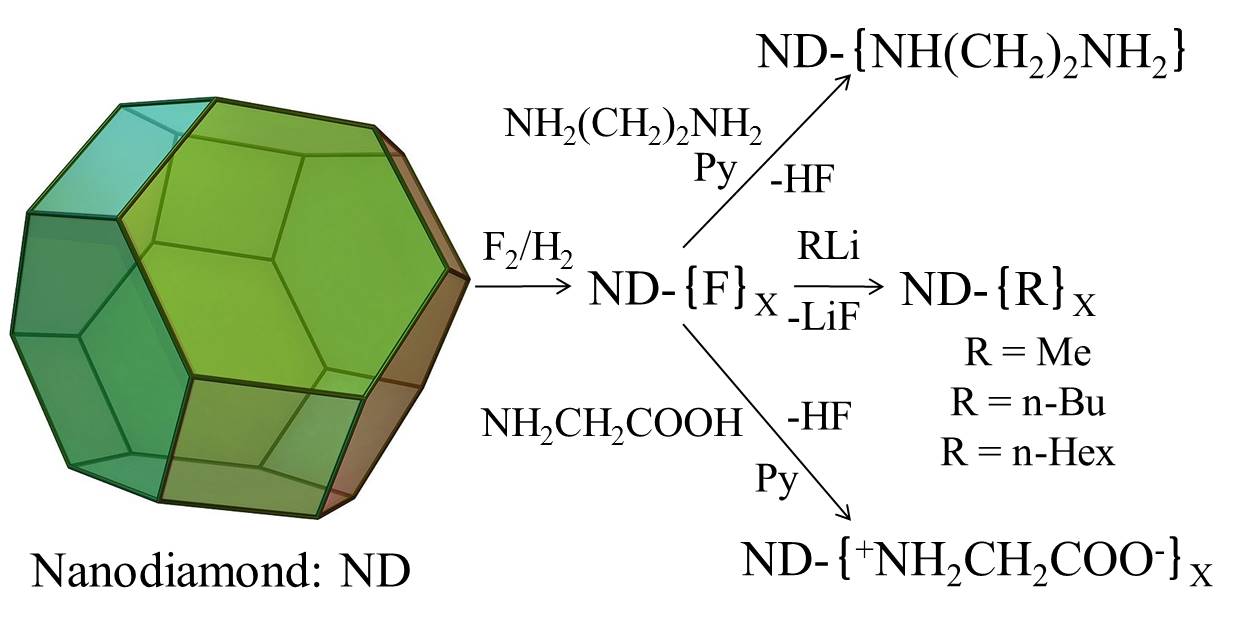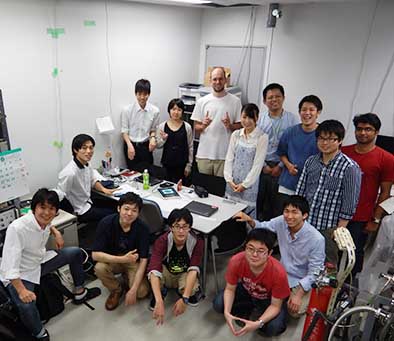Research Contents
Application of safe and efficient energy / resources is essential to achieve sustainable and also active society in future generation. Especially, interactions at the interface between fundamental framework by carbon, oxide and chalcogenide materials, and guest chemical species take important roles in the principal of operation of promising energy conversion materials / devices in next-generation, for example, fuel cell, solar cell, high efficient battery etc. These interactions also concern new class of materials is also demanded for electronic devices such as sensors, logic devices, regulators and actuators which can be operated at high energy efficiency. While, magnetic and catalytic materials, which are indispensable to maintain fundamentals of our society in view of the information and communication technology, the substance conversion, the environment protection, strongly depend on specific rare elements involving problems such as the global resource depletion, and harmful influence on human and environment. It is emergent task to replace essential materials in modern society by ones composed of ubiquitous elements. To solve these challenges, our group investigates the principal of functionality of materials based on topological nature of structure and host-guest interactions with guest chemical species, especially focusing on the substances consisting of ubiquitous elements like carbon, two dimensional (2D) Materials, and Nano-particles. Moreover, we seek the strategy toward "design" of new class of materials with novel functionality according to the principal of functionality of materials.
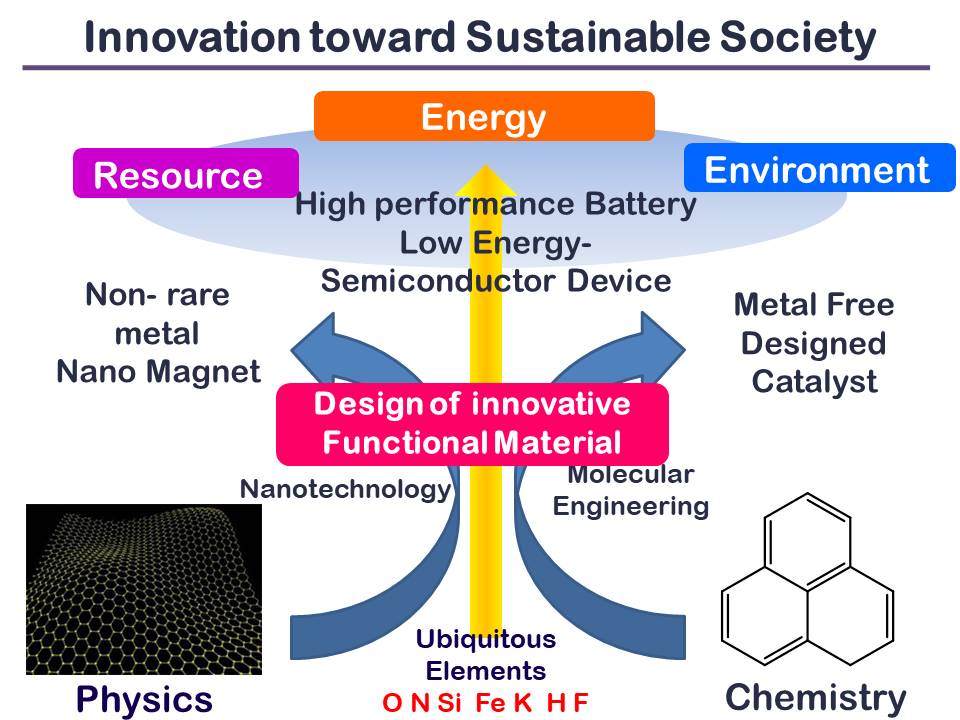
1) Clarification of the principal of functionality of materials caused by interactions at the interface between 2D-Materials and Guest external materials

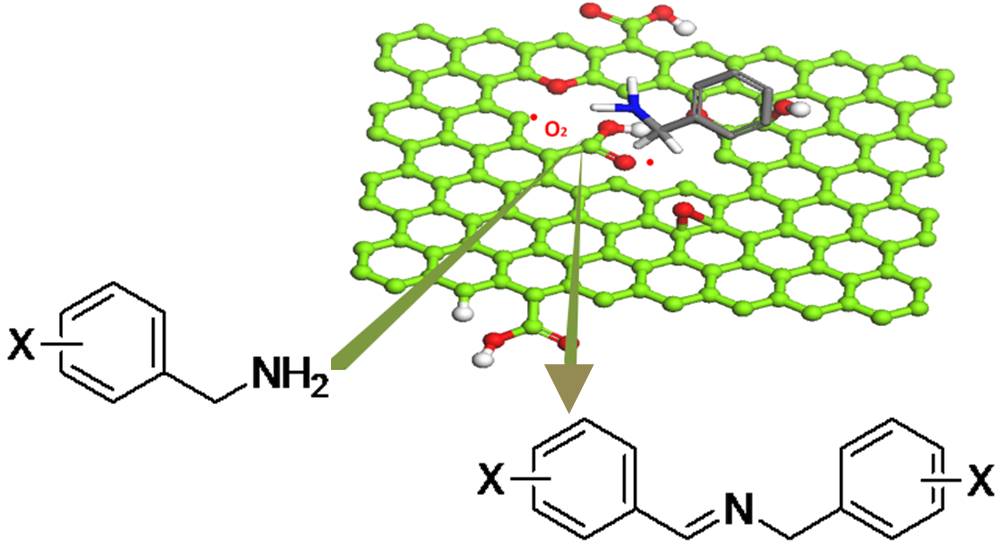
2) Development of new class of catalyst, magnet and energy devices along the strategy of interfacial interactions in nanospace and nano-viods
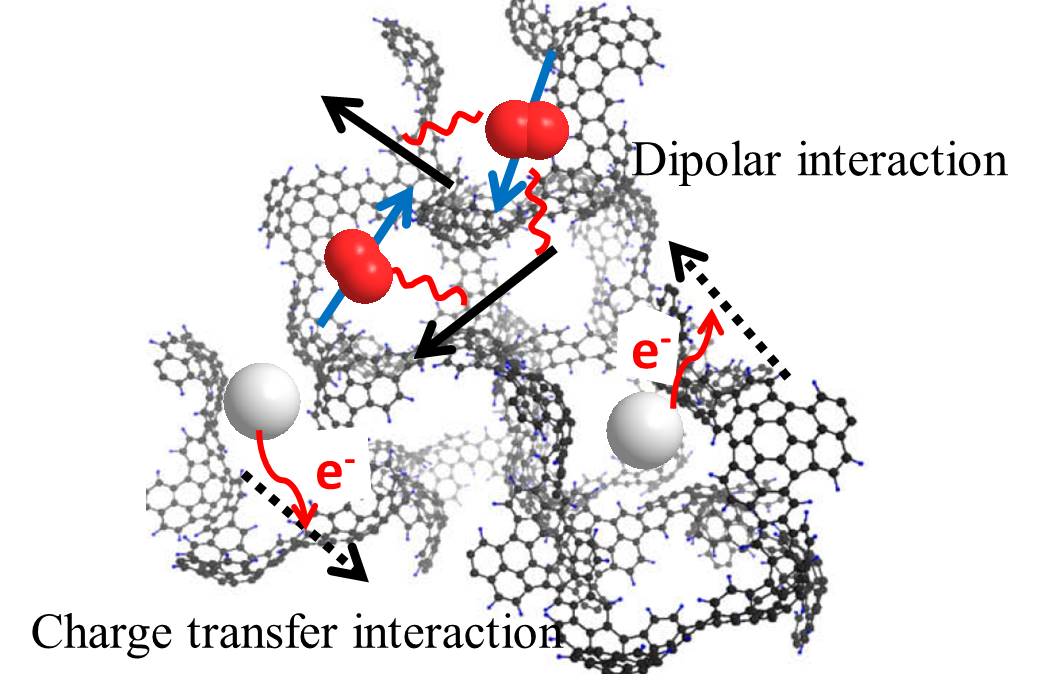
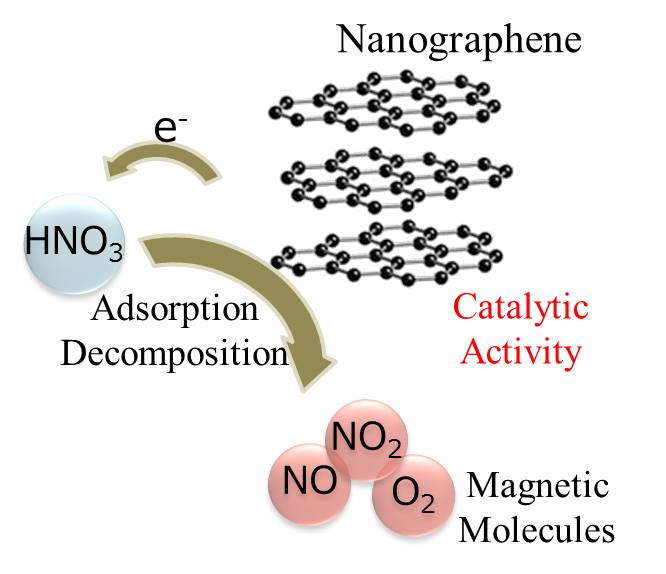
3) Design for novel functionality of nano-sized materials by the chemical modification of the surface
